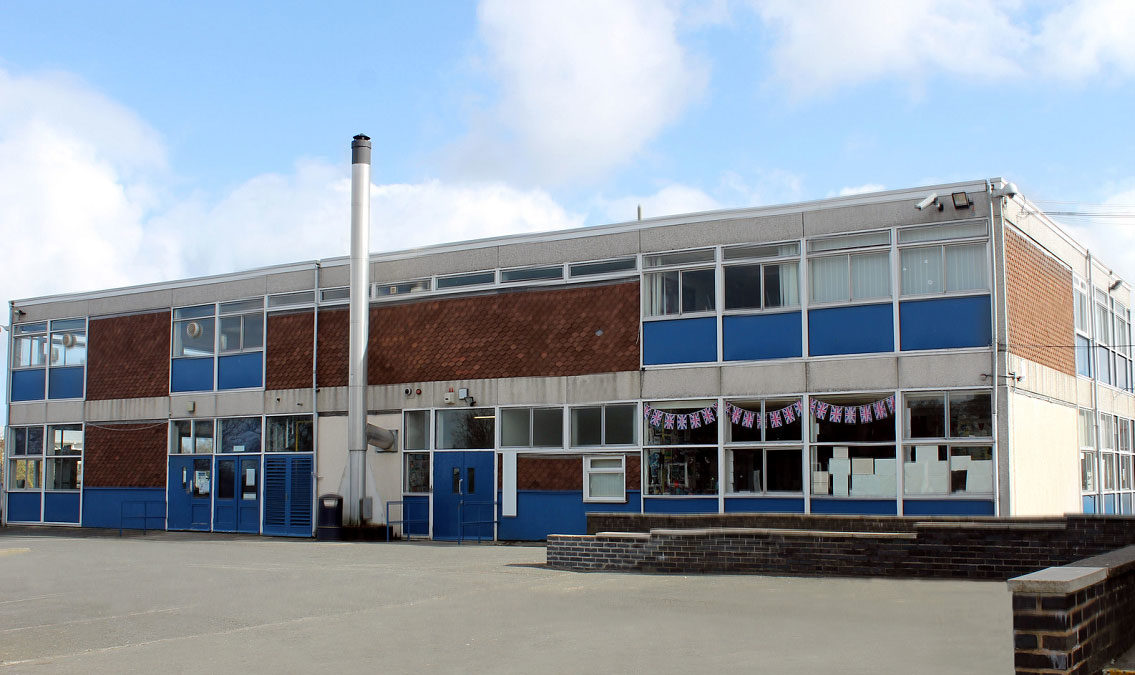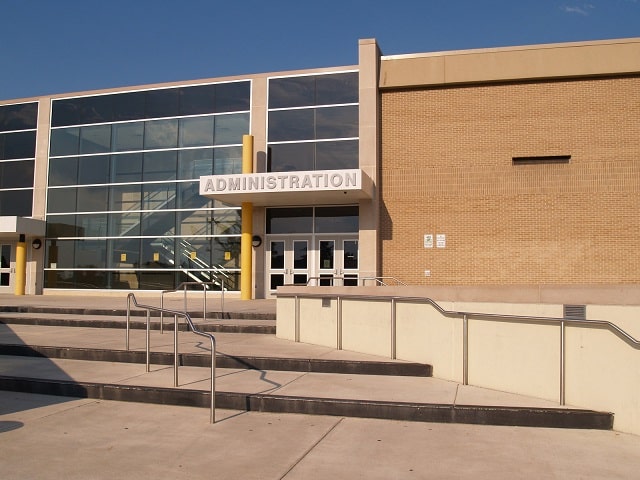6 Ways to Improve Facilities Management at Schools


Facilities management is an important responsibility for school administrators to properly maintain building grounds. The typical K-12 school will have thousands of unique assets that must be managed and maintained. A school must also balance the needs of students, parents, district requirements, and state or federal regulations. By using facilities management practices a school can reduce spending and improve upon the learning environment.
In this post, we’re going to discuss 6 ways that facilities management can be used to improve building infrastructure, classroom design, and equipment performance. Some of the ideas are based on long-term facilities management practices while others are more innovative approaches to support modern approaches to education. We hope you’ll find a couple of new concepts to incorporate into your own facilities management plans.

School facilities are generally operated seasonally with periods of recess during the summer and winter. For this reason, many facility operators try to optimize heating and cooling systems in a practical way without over-investing in infrastructure. One excellent way to reduce long-term energy costs is to invest in heating, ventilation, and air conditioning (HVAC) systems and equipment that have high Energy Star ratings.
These green solutions can have a dramatic impact on lighting, heating, and water usage costs. Seasonal breaks are a great opportunity for facility experts to upgrade equipment and perform detailed assessments. Modern equipment also helps increase the overall lifetime of facility systems while providing a comfortable environment for students, teachers, and staff.
As schools continue to upgrade their facility systems, the collection and use of data become even more important. Tagging valuable equipment and moveable assets with asset tags for facilities management and metal equipment tags allows schools to automate asset identification and data capture for streamlined and accurate maintenance documentation. Many modern devices are also available with Internet-of-Things (IoT) connectivity and can provide real-time updates of equipment status. Facility managers and maintenance personnel should familiarize themselves with these tools and capabilities to determine how they can be used to optimize the facility’s asset management process.
Most facility management software programs also have advanced analytical capabilities that can improve decision-making. An efficient school facility should balance the use of predictive, descriptive, diagnostic, and prescriptive analytics to improve maintenance planning. Data-based decisions can improve the reliability of school budgets and make it easier to plan for site expansions and construction.
The Total Cost of Ownership (TCO) has been a useful metric for understanding facility management efficiency for many years. It can be particularly useful for school facilities when combined with digital platforms that perform Building Information Modeling (BIM). Gaining a better understanding of capital management also makes it easier to budget and plan for infrastructure upgrades. These financial projections can also be reviewed prior to conducting maintenance work to determine the impact on asset lifetime relative to the planned repair costs.

Facility audits are a necessary part of site management for K-12 schools of all sizes. Failing to thoroughly assess the condition of a building can lead to safety issues or systems falling into states of disrepair. Any issues with a school facility take away from the student’s educational experience and can lead to public concerns about the ability of a school to meet the required needs. A common best practice is to use digital checklists to conduct a facility walkthrough and set regular preventive maintenance schedules for all important equipment systems. Should a major issue occur it is also recommended to conduct a thorough review and implement specific countermeasures to prevent it from happening again.
Communication between faculty, staff, and 3rd-party contractors is necessary when managing school facilities. At times, work will need to be done during an active school year and it should always be a priority to minimize disruptions to classes. In addition to repairs, it can also be helpful to communicate future building improvements to teachers at staff meetings to reduce surprises and give everyone a chance to contribute to planning activities. These meetings also help foster accountability for your facility management staff as they take ownership to share updates with others.
Facilities management can have a dramatic impact on the effectiveness of education through the design of classrooms. When school buildings are constructed or renovated there will be many opportunities to implement modern classroom layouts. A major theme in classroom design is called technology-enhanced active learning (TEAL) in which spaces are designed with large tables and several monitors to better connect the class. Other concepts such as open environments can also be used to encourage student interactions and make studying more comfortable.
Facilities management provides school administrators a clear opportunity for improving the classroom and building environment. The 6 best practices shared in this post can be used as a guide and used to construct a customized plan for a particular school. Engaging with teachers and other facility staff is a great way to collect new ideas and create an improvement plan that has a lasting impact on the quality of education provided.
Our sales engineers are experts in automatic asset tracking, tagging and identification,a nd can answer all your questions. Get in touch now.
Lets Talk ›Enter your information and get a free checklist of the top questions to answer to plan a successful asset tagging project for any maintenance tracking or facility management system.